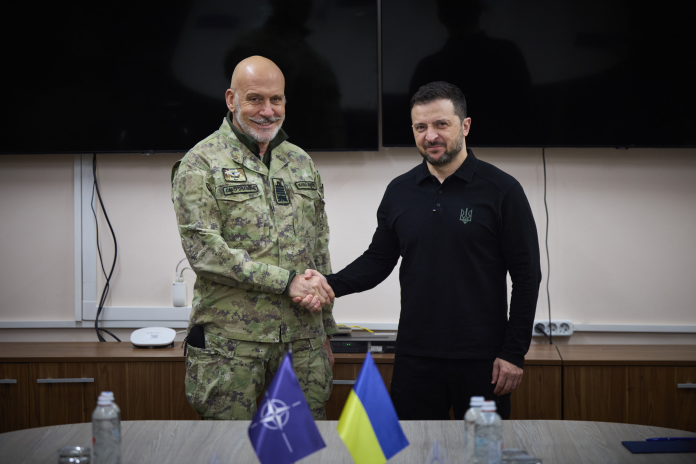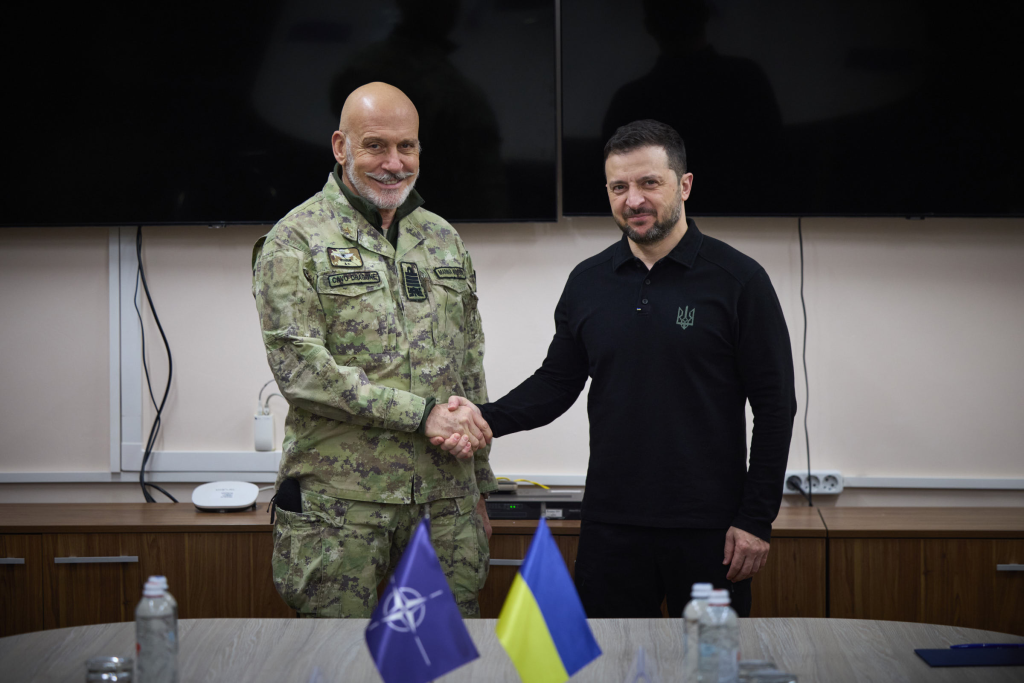
Could one drone create a NATO-Russia crisis? The reported shooting down of an unidentified unmanned aircraft near a U.S. military base in Estonia has raised fresh fears that the Baltic region is on the razor’s edge of escalation. The incident, disclosed days after it occurred, forms part of a growing pattern of aerial incursions testing the alliance’s resolve.
Camp Reedo is less than 30 miles from the Russian border, home to the U.S. Army’s 5th Squadron, 7th Cavalry Regiment-an armored reconnaissance unit positioned for rapid deployment. In a time when drones have become both tools of surveillance and instruments of disruption, NATO’s rapid response underlines the fragility of security along its eastern flank.
The following listicle looks at ten critical dimensions of the event and its wider ramifications, from the technology applied to neutralize the threat to geopolitical ripples spreading across Europe’s security architecture.
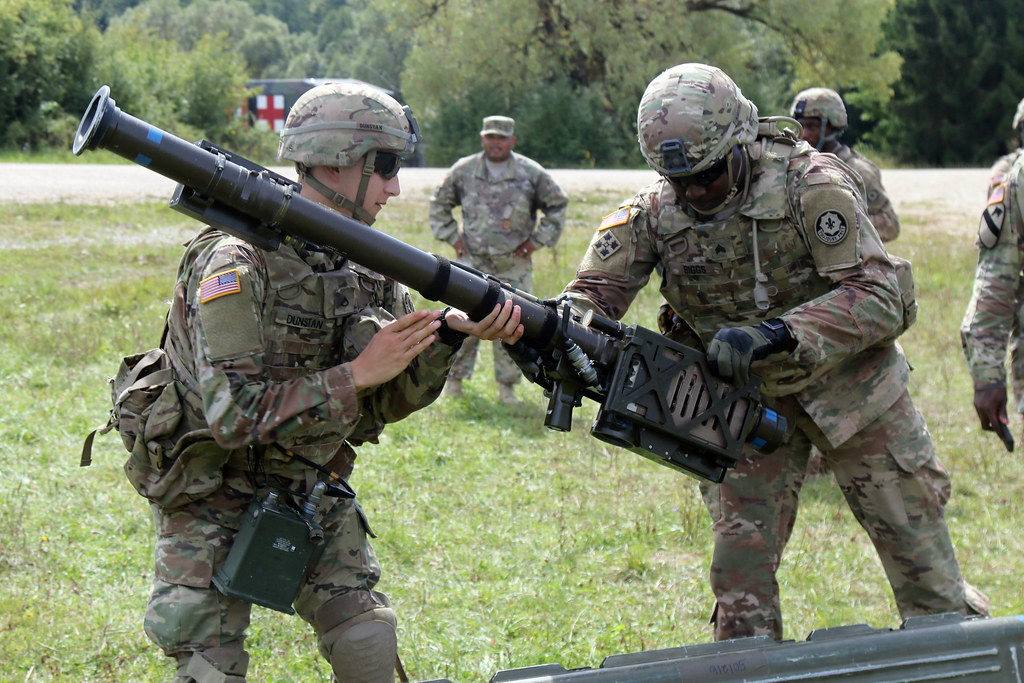
1. The High-Value Target at Camp Reedo
Reedo Barracks is a strategic forward post because it is less than 30 kilometers from the Luhamaa crossing with Russia. Hosting roughly 1,000 allied and Estonian personnel, the base’s role in staging rapid reinforcement operations elevates its significance. The presence of sensitive reconnaissance equipment means even a small quadcopter near its perimeter is treated as a potential intelligence probe.
That is, the installation’s U.S. armored reconnaissance unit functions with advanced sensors and communications gear, which is a tempting target to map or interfere with. In today’s climate, such a location is more than a mere military asset it is a geopolitical tripwire.
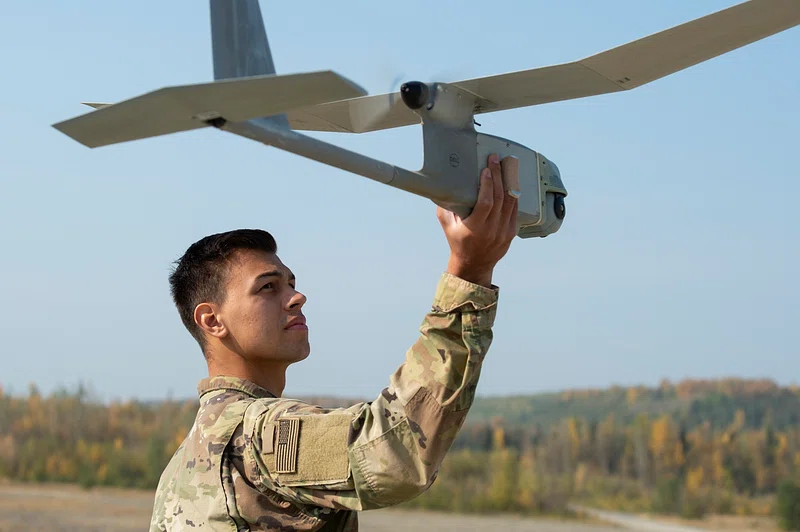
2. Neutralization by anti-drone rifle
The drone was disabled by a handheld electronic-attack device capable of jamming 2.4 and 5.8 GHz control links, as well as satellite navigation signals. Systems like the US-made Dronebuster or Lithuanian EDM4S include features to force such drones to hover, descend or return to a preset location.
In this case, the absence of wreckage is consistent with non-kinetic neutralization. Standoff-range jamming may cause a soft landing beyond the perimeter or an automated return, complicating recovery efforts in wooded terrain.
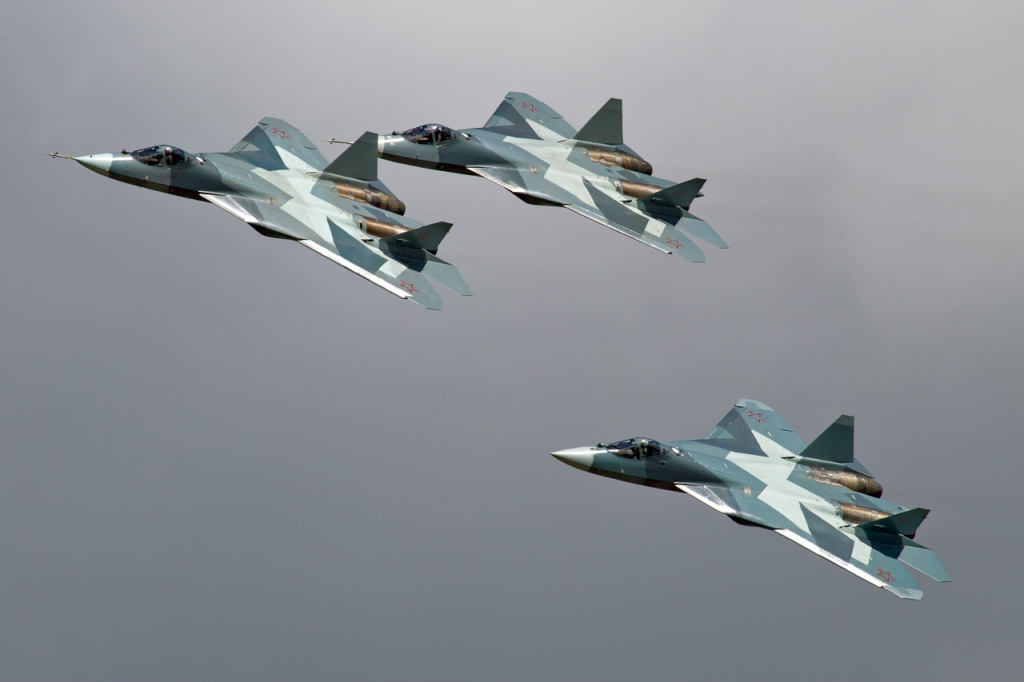
3. Escalating Russian Airspace Violations
Just weeks before the drone incident, three Russian MiG-31 fighters violated Estonian airspace over the Gulf of Finland, staying there for 12 minutes. In a letter to the UN Security Council, Estonia called this “a dangerous escalation” and a part of a wider pattern of testing NATO’s resolve.
These incursions, along with the violations in Polish and Romanian airspace, have triggered NATO Article 4 consultations and further reinforcement of deterrence measures as part of Operation Eastern Sentry.
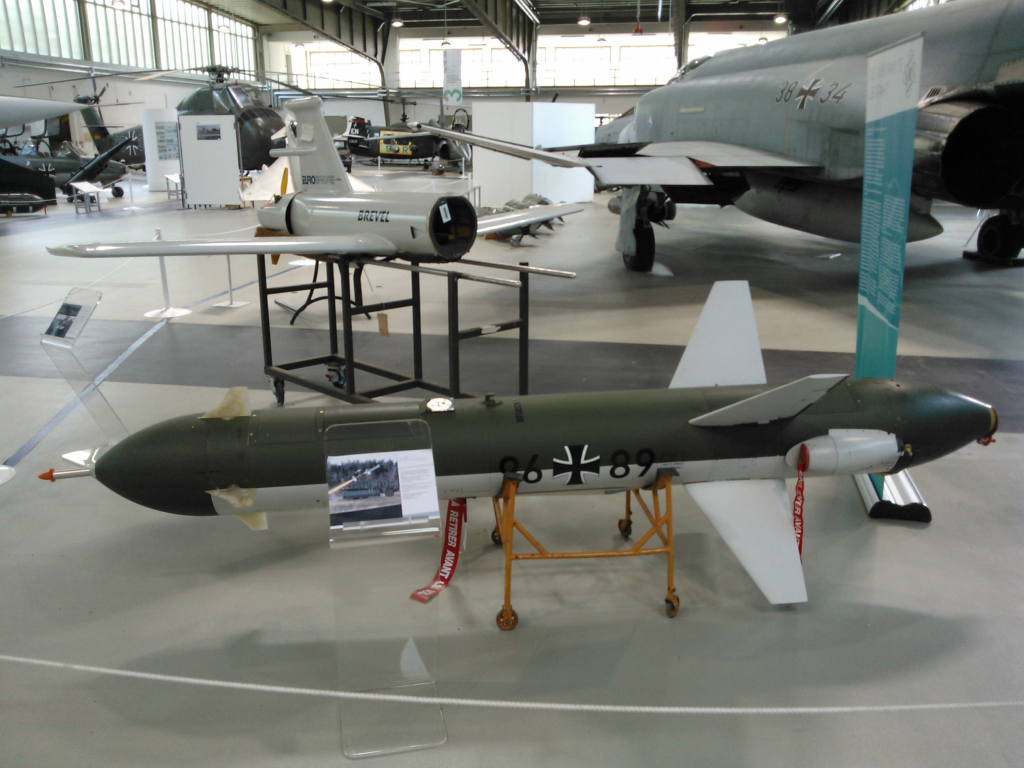
4. NATO’s Layered Drone Defense Strategy
Estonia is building a €20 million “drone wall” across its eastern frontier. It will tie in radars, acoustic sensors, mobile cameras, jammers, and interceptors into a single national network. This will add to base-level defenses consisting of handheld jammers to establish an active multilayer posture against low-cost high-frequency threats.
The October 17 incident was also reflective of how counter-UAS, at the squad level, is a means to ensure speed and proportionality of response-not necessarily with missile interceptors.
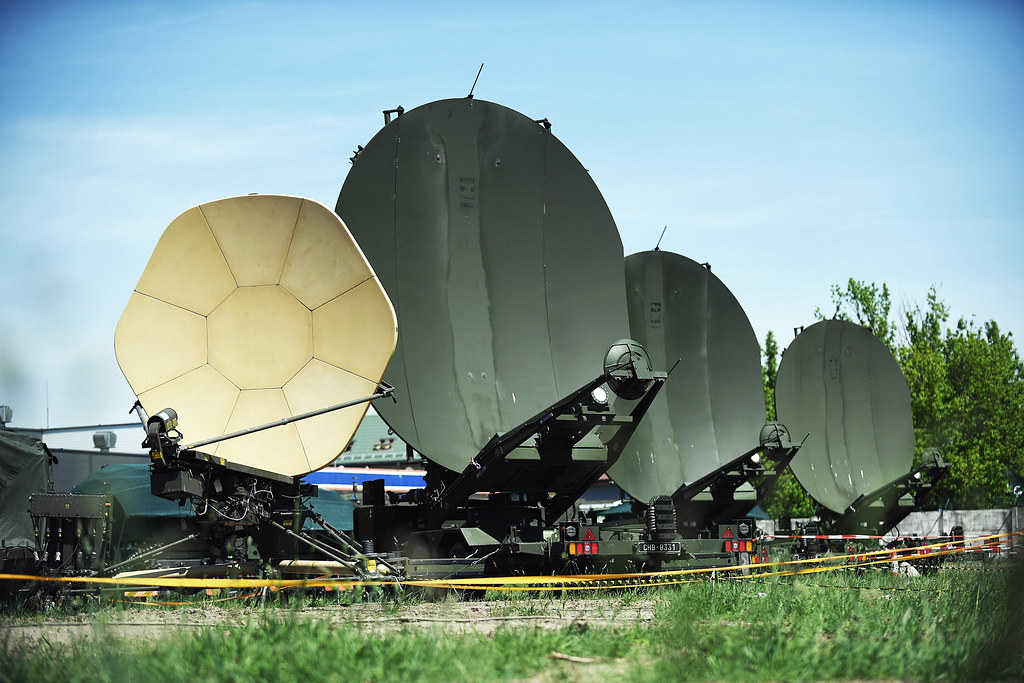
5. The Cost-to-Kill Dilemma
Defence analysts also warn that using missiles costing hundreds of thousands of euros against drones worth less than €50,000 is unsustainable. Tomas Jermalavicius of the ICDS added that NATO’s radars often miss low-flying drones, so affordable and scalable interception is important.
Startups like Estonia’s Frankenburg Technologies are developing interceptors at nearly ten times cheaper than existing short-range systems and could change the economics of drone defense.
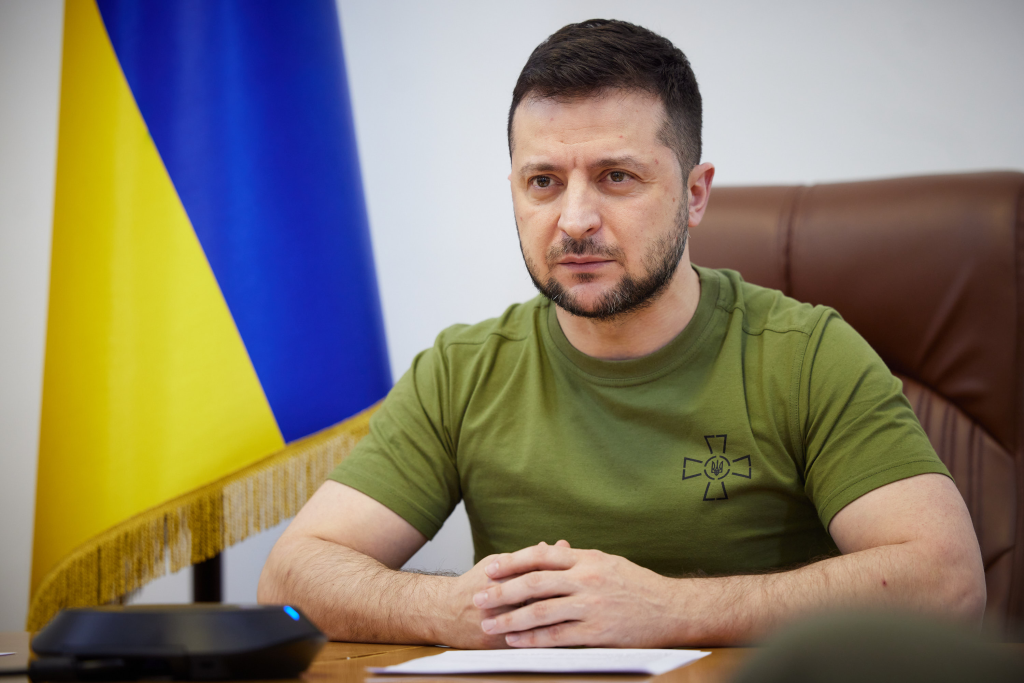
6. Ukraine’s Deep-Strike Campaign on Russian Energy
Attacks on Russia’s oil infrastructure, meanwhile, have been ramped up by Ukraine in recent months, with 21 of 38 major refineries having been attacked since January a 48% increase over 2024. The facilities were described as “war money” for Moscow by President Volodymyr Zelenskyy himself.
The relentless campaign has taken almost 40% of the refining capability of Russia offline, caused fuel shortages, price spikes, and public frustration inside Russia.
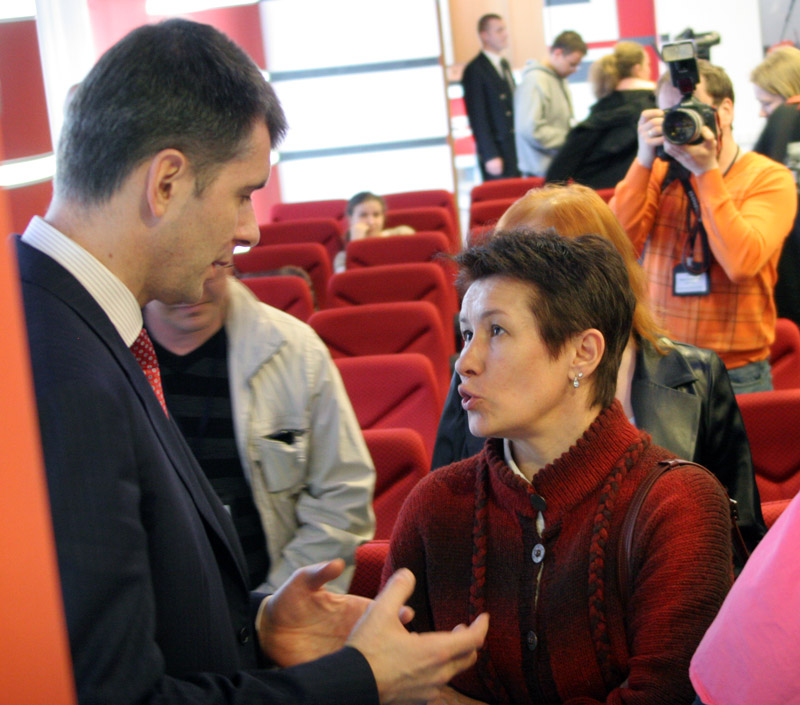
7. Economic Shockwaves in Russia
The amount of crude oil refining that was off-line by late September reached about 338,000 tons a day. Seaborne fuel exports fell 17.1% m/m, with sharper drops from Baltic and Black Sea ports. Belarussian gasoline exports to Russia quadrupled to offset shortages, yet 74% of Russian drivers report noticing price hikes, and 18.9% have faced empty stations, a clear economic strain with political implications.
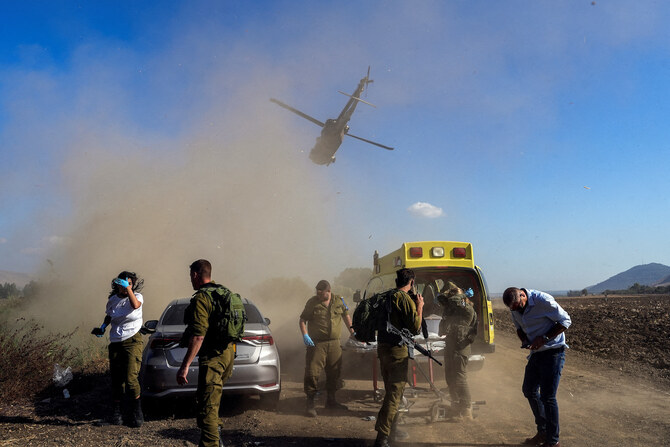
8. Western Endorsement of Ukrainian Strikes
French Foreign Minister Stéphane Séjourné and Finnish President Alexander Stubb have openly endorsed Ukraine’s refinery strikes, characterizing the actions as self-defense. Stubb underlined that Russia “hears only this language,” also praising the precision and avoidance of civilian harm. Such endorsements represent a shift toward accepting cross-border strikes as part of the broader deterrence strategy against Moscow.
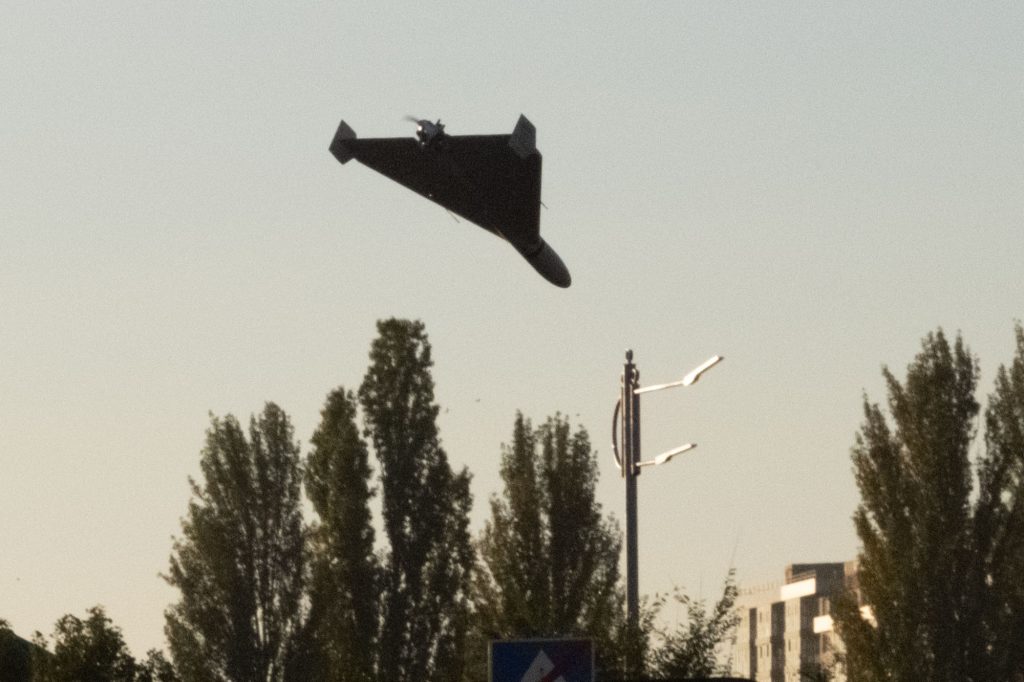
9. Intelligence Support from Allies
U.S. intelligence reportedly helps Ukraine plan long-range strikes on Russian energy infrastructure. This cooperation enables Kyiv to deploy domestically produced drones more effectively, harmonizing tactical execution with strategic objectives. The integration of allied intelligence into Ukraine’s targeting process underlines the depth of NATO’s indirect involvement in the conflict.
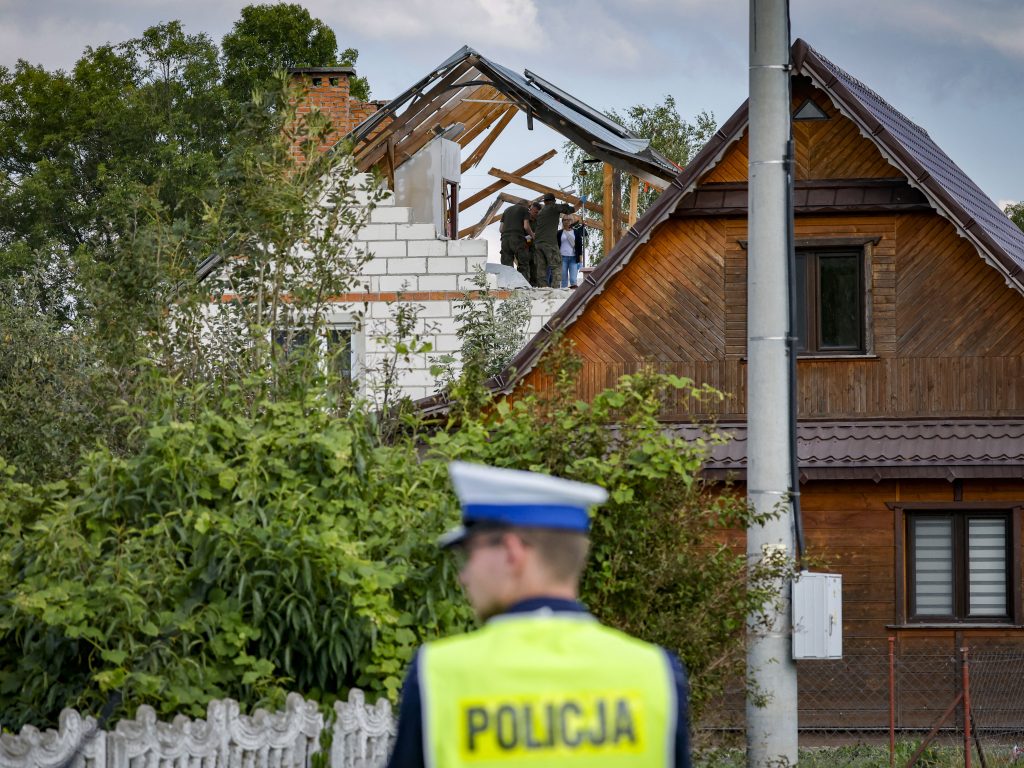
10. Baltic Region’s Geopolitical
Tipping Point From Lithuania’s border closures to Poland’s unprecedented drone shootdowns, NATO’s eastern flank is experiencing sustained pressure. Each incident whether a fighter jet incursion or a quadcopter near a base is a test of decision speed and alliance cohesion. The Camp Reedo incident in October is not an isolated incident; instead, it has been part of a continuum in which hybrid tactics continue to blur the line between nuisance and provocation, keeping the region on its toes. One downed drone near Camp Reedo crystallizes the interplay between technology, economics, and geopolitics that defines NATO’s posture on its eastern frontier.
A proliferation of low-cost unmanned systems and a continued pattern of airspace violations by Russia show the alliance facing a dual challenge: intercepting threats affordably and responding decisively to provocations. Here, every incursion is more than a tactical event; it’s a strategic signal in a contest in which speed, resilience, and unity will determine the balance of power.
